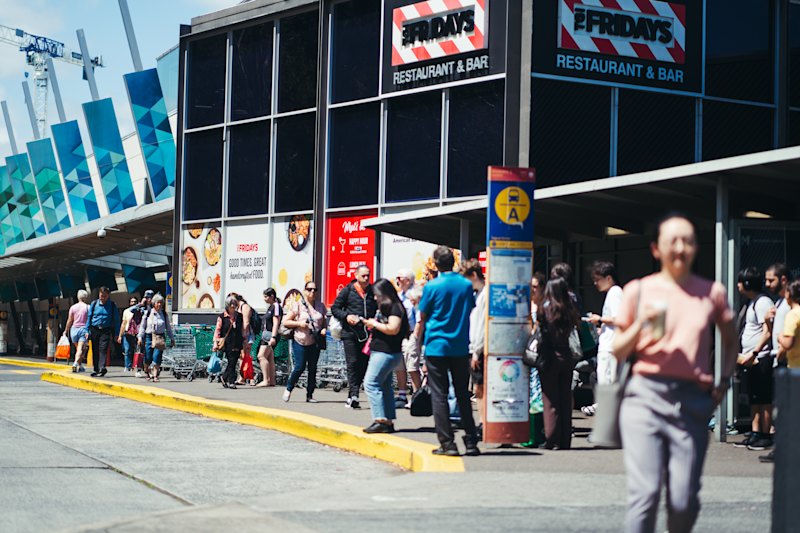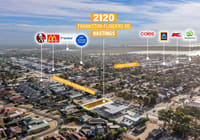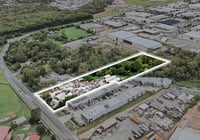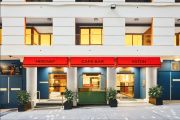
Fringe v central: the battle for office tenants
The return of office workers is sparking competition for tenants between CBD and fringe building owners.
Property Council of Australia (PCA) data to January 2022 paints a bullish picture for office leasing markets. The PCA says demand for office space lifted in every capital city, countering some predictions the pandemic would hobble the sector.
According to the PCA Office Market Report, tenant demand rose an average 1 per cent across CBDs in the six months to January 2022.
Both demand and supply are firing, but which locations will prove most attractive to tenants?
Jason Stevens, commercial director at Herron Todd White Melbourne, says the CBD has traditionally delivered premium and A-grade stock while B- and C-grade space was found on the fringe, but this situation is changing.
“You’re getting government departments wanting to relocate out of the city and go somewhere more affordable,” he says. “They’ll choose a city fringe location but still want premium space, so developers will build a building for them.
“One McNab Avenue, Footscray, is a good example where Department of Education and Early Childhood Development is a main tenant.”
But Stevens says inner-city space is winning the battle despite attractive fringe offerings.
“We’re seeing a rebound back to the city. It’s simply that CBD landlords are offering bigger incentives and tenants are making the flight to quality. People will leave B-grade stock in the city fringes to upgrade to premium space for roughly the same amount of money.
“We’re seeing 30 to 40 per cent net incentives being offered on A-grade, so of a total lease over a five-year period, that’s a third of the headline cost you’re getting off.”
He says the private sector and government are keen to see workers return to the CBD. Many incentives, such as free public transport days and cash bonuses, have already been implemented.
But a CBD location will not suit everyone. Stevens says more traditional corporate businesses such as lawyers and accounting firms favour the city, while fringe commercial caters to creatives like architects and digital industries who appreciate a boutique style.
Paul Lynch, JLL’s head of office leasing North Sydney, says we shouldn’t be too quick to write off all fringe markets, particularly in his city.
He says significant infrastructure upgrades such as the Sydney Metro will boost non-CBD office demand.
“The new metro is a game changer,” Lynch says. “That will make the commute between northern Sydney and the CBD quite seamless. On completion in 2024, those CBD tenants looking at premium and A-grade stock will appreciate north Sydney as an extension of the Sydney CBD, with a 30 to 50 per cent differential in rent.”
Lynch says when it comes to decisions on where a business might locate, there are factors other than rent levels to be considered as well.
“Post-pandemic, more serious thought is being given to the geographic location of staff and the perception of amenity. People want choice on how they break away from the office – where they go to have lunch, socialise outside the office or just to clear their head. Alongside the CEO and CFO, the ‘head of culture’ or HR is as influential in the decision process, attending inspections of prospective premises to ensure locational culture meets with their approval.
“Larger corporates may maintain their CBD presence, however, meeting the needs of a flexible workforce means considering expanding their footprint also in metropolitan markets where people can continue to collaborate while still working a little closer to home. People remain reluctant to travel what may now be deemed excessively to reach their Sydney offices. We have witnessed this evolution in Parramatta, Macquarie Park and Chatswood.”
But, on balance, the CBD will continue to be a drawcard for many employers, Lynch says.
“There’s a supply shortage of talent now and businesses want to recruit young, well-educated staff. This generation is attracted to the bright lights and the 18-hour economy CBDs provide over suburban markets. Then there’s client centricity. We’ve seen several firms move from the suburbs into CBD-style locations to be closer to their clients. And they’re willing to pay two or three times the rent to do that.”










